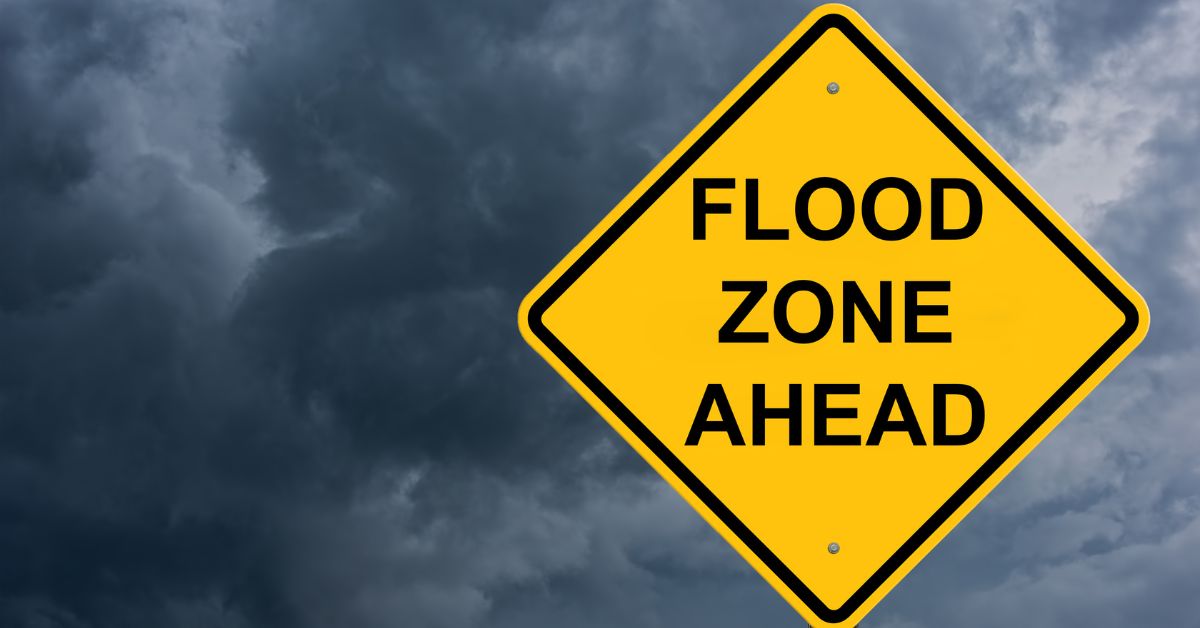Understanding Flood Zones and How They Impact Insurance Rates
Not all flood zones are the same, knowing where your home falls on the flood map can have a significant impact on your insurance rates!
What are flood zones?
Flood zones are geographic areas that have been designated by the Federal Emergency Management Agency better known as “FEMA” based on the likelihood of flooding. The zones are then used by insurance companies to determine the level of risk for your property in a particular area.
Flood zones are typically categorized as high-risk and low-risk.
High-risk flood zones, are areas that have a 1% or greater chance of flooding in any given year. Properties labeled as high-risk flood zone are required by law to have flood insurance if there is a mortgage from a federally regulated lender.
Low-risk flood zones, have a lower likelihood of flooding and are not required to have insurance. However, it’s highly recommended that even properties in a low-risk zone can experience flooding and should consider purchasing flood insurance. As floods can happen anywhere and anytime.
What factors determine flood zones?
Flood zones are determined by several factors, including;
Topography: The elevation of the land and its proximity to bodies of water are major factors in determining flood risk.
Weather patterns: Heavy rainfall and hurricanes can increase the likelihood of flooding.
Drainage systems: The effectiveness of drainage systems in a particular area can impact the risk of flooding.
Flood control measures: Dams, levees, and other flood control measures can reduce the risk of flooding in some areas.
Types of flood zones:
High-risk flood zones like AE, A, V & VE are areas that have a 1% or greater chance of flooding in any given year. Properties labeled as high-risk flood zone are required by law to have flood insurance if there is a mortgage from a federally regulated lender.
Low-risk flood zones, like X or X500 have a lower likelihood of flooding and are not required to have insurance. However, it’s highly recommended that even properties in a low-risk zone can experience flooding and should consider purchasing flood insurance. As floods can happen anywhere and anytime
Flood zones and insurance rates:
Flood insurance premiums can vary greatly depending on a variety of factors. These factors include the age of the property, its construction type, the value of the property, and the level of coverage purchased.
Homes located in high-risk flood zones may be able to reduce their insurance premiums by raising their home above the flood levels. This can be done by either lifting the house or by elevating the first floor. Additionally, the installation of flood control devices such as levees or breakwaters can also help reduce the cost of flood insurance. Other factors that can affect the cost of flood insurance include the location of the property, the amount of coverage purchased, any previous flood claims, and the deductible amount.
Are you aware of the flood zone your property is in?
Talk with a flood expert either by starting a 3-minute quote online at https://buoyflood.com/main-funnel/ or give us a ring at (800) 575-8619.


